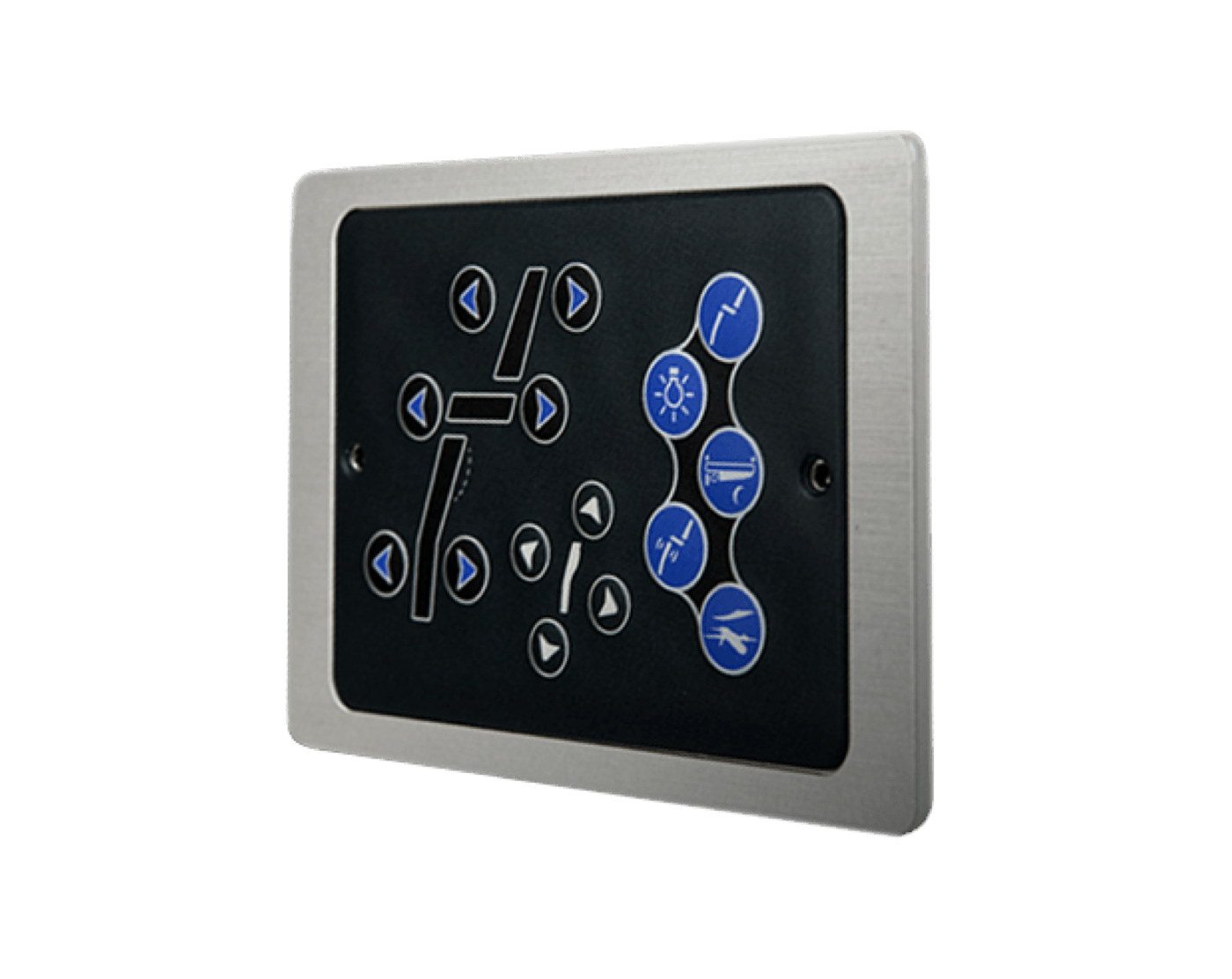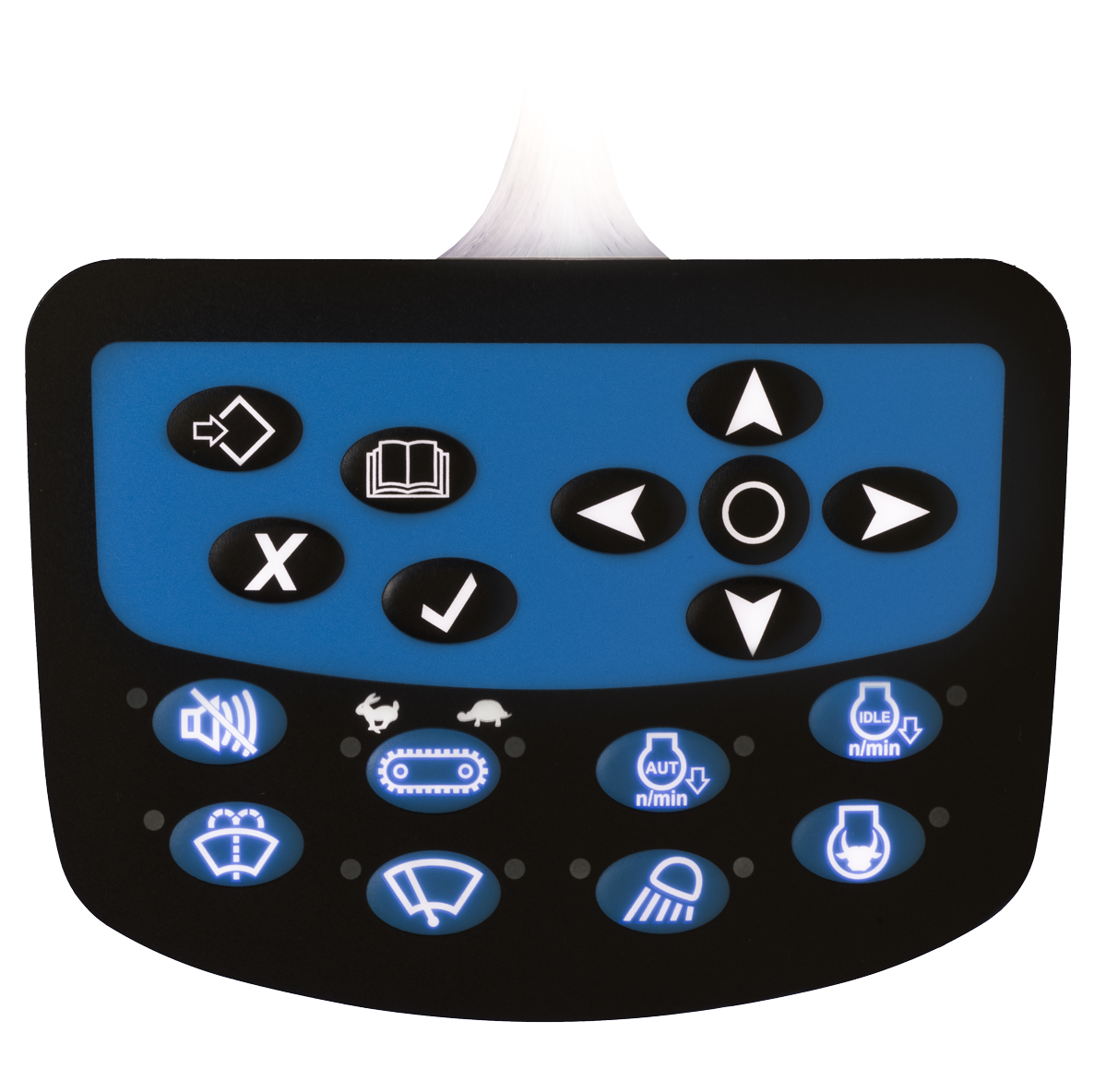Membrane Switches vs. Traditional Switches: What You Need to Know
Membrane Switches vs. Traditional Switches: What You Need to Know
Blog Article
Checking Out the Perks of Membrane Switches for Modern Electronic Devices
The exploration of membrane switches in contemporary electronic devices offers a remarkable viewpoint on their myriad advantages, specifically in regards to style flexibility, durability, and cost-effectiveness. These user interfaces not just withstand severe environmental conditions however also offer a high level of modification, which is progressively vital in today's open market. As markets remain to evolve, the duty of membrane layer buttons in boosting individual experience and operational effectiveness warrants closer evaluation. Understanding just how these components can shape the future of electronic applications may reveal insights that might affect layout and production strategies dramatically.
Advantages of Membrane Buttons
Membrane layer switches are increasingly preferred in contemporary electronics because of their various benefits. Among the primary advantages is their small layout, which allows for space-efficient combination into various devices. This slim profile not only saves space yet also adds to the general aesthetic appeal of digital items.
An additional advantage is their toughness. Membrane layer buttons are usually immune to dampness, dust, and pollutants, making them optimal for use in atmospheres where direct exposure to harsh conditions is an issue. This resistance extends the life-span of the buttons, decreasing the need for constant replacements and upkeep.
Additionally, membrane switches deal excellent responsive responses, boosting customer experience. The responsive action is typically designed to supply a rewarding experience upon activation, which can enhance user satisfaction and efficiency.
Additionally, the production process of membrane switches is cost-efficient, permitting reduced manufacturing costs compared to conventional mechanical buttons. This cost makes them appropriate for a variety of applications, from consumer electronic devices to industrial machinery.
Layout Flexibility and Customization
The design flexibility and personalization choices offered by membrane layer changes further boost their charm in contemporary electronics. These switches can be customized to fulfill specific visual and practical needs, allowing producers to develop tools that align carefully with brand name identification and individual choices. With numerous alternatives in terms of colors, forms, and sizes, membrane layer switches can perfectly integrate right into diverse item designs, whether for customer electronics, industrial applications, or medical tools.
Furthermore, the capacity to integrate graphics and symbols directly onto the button surface area enhances functionality while decreasing the demand for additional labeling. This combination not just simplifies production procedures yet additionally adds to a sleeker overall appearance. The layout can be additional tailored through features such as backlighting, tactile responses, and multi-layer constructions, offering boosted individual interaction.

Longevity and Ecological Resistance

Additionally, membrane layer switches can be crafted to be chemically immune, making them appropriate for applications in industrial atmospheres where direct exposure to solvents and cleaning up agents is usual. The encapsulation of digital components within the membrane structure offers additional defense against environmental anxieties, making sure trusted performance also in challenging problems.
Along with physical longevity, membrane switches over exhibition excellent resistance to UV light, stopping degradation and discoloration in time (membrane switch). This particular is particularly beneficial for outdoor applications, where long term exposure to sunshine can compromise various other switch types
Inevitably, the sturdiness and ecological resistance of membrane switches over make them an optimal selection for a broad array of modern digital tools, from medical devices to customer electronics, making certain consistent capability and user complete satisfaction throughout various applications.
Cost-Effectiveness in Manufacturing
Cost-effectiveness in manufacturing is a considerable advantage of membrane buttons, making them a favored choice for makers in numerous industries. The manufacturing procedure of membrane changes commonly involves fewer materials contrasted to conventional buttons, which decreases raw material costs. This streamlined production process not just conserves cash yet also reduces waste, aligning with modern sustainability goals.
In addition, membrane switches can be produced using automated techniques, enabling high-volume output with decreased labor expenses. The combination of sophisticated printing innovations even more improves effectiveness, enabling producers to attain complex layouts and performances without sustaining significant extra costs. This scalability ensures that manufacturing can adjust to changing market demands without endangering quality or enhancing costs.

Additionally, the lightweight nature of membrane layer changes adds to set you back savings in shipping and handling, along with in the total layout of electronic tools. By removing large parts, suppliers can enhance the general item style, consequently improving market competition. In general, the cost-effectiveness of membrane layer switches over not only benefits manufacturers economically however additionally facilitates development and quick item development in the dynamic landscape of modern-day electronic devices.
Applications in Numerous Industries
Adaptability stands apart as a trademark of membrane layer switches, enabling them to find applications across a variety of markets. In the healthcare market, these buttons are integral to medical devices, supplying user-friendly user interfaces for devices like mixture official source pumps and diagnostic machines. Their resistance to moisture and easy cleansing make them optimal for settings calling for stringent health requirements.
In the vehicle market, membrane switches add to the functionality of control panels and control basics panels, offering a smooth, modern-day appearance while making certain resilience versus extreme conditions. Their lightweight design likewise sustains overall automobile effectiveness.

Additionally, commercial machinery employs membrane switches for functional controls. Their robust nature and adjustable features deal with the particular requirements of diverse applications.
Verdict
To conclude, membrane changes offer considerable benefits for modern-day electronic devices, including design adaptability, toughness, and cost-effectiveness. membrane switch. Their customizable attributes and resistance to environmental factors make them ideal for a vast array of applications throughout different sectors. As technical needs remain to develop, the versatility and effectiveness of membrane changes placement them as an important component in boosting individual experience and driving technology within the affordable landscape of digital devices
Report this page